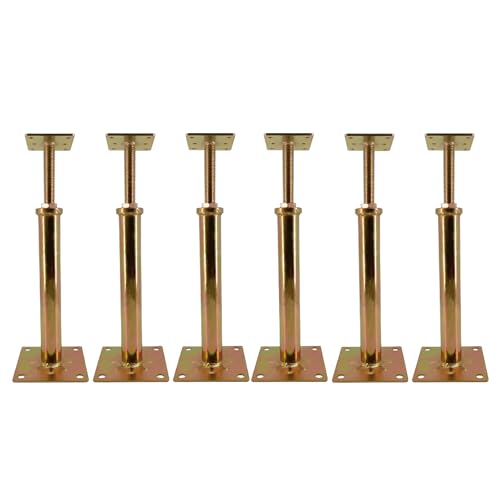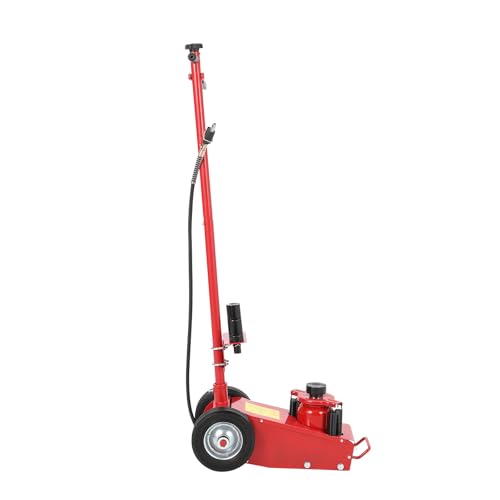
Essential Winter Maintenance Guide for Beginners

To prepare your vehicle for winter, start by inspecting tires for tread depth and proper pressure, adding winter tires if needed.
Check your battery health, clean terminals, and guarantee electrical components work reliably.
Replace fluids with cold-weather versions, like winter-grade antifreeze and washer fluid.
Equip your car with an emergency kit, including an ice scraper, jumper cables, and warm clothing.
Following these steps improves safety and performance—keep going to uncover more essential winter car care tips.
 Car Battery Care Tips for Winter Weather
Car Battery Care Tips for Winter WeatherTable
Main Points
- Check and replace the battery if older than three years to ensure reliable cold-weather starts.
- Inspect and switch to winter tires with adequate tread depth for better traction on snow and ice.
- Use winter-grade fluids, including antifreeze and washer fluid, to prevent freezing and maintain performance.
- Verify all lights and windshield wipers are functional for improved visibility during winter conditions.
- Assemble and regularly update an emergency kit with essentials like blankets, jumper cables, and an ice scraper.
Inspect and Prepare Your Vehicle for Winter
Before the winter chill sets in, you should thoroughly inspect and prepare your vehicle to handle colder conditions safely and reliably. Start by checking your vehicle’s battery health—cold weather can sap its capacity, so test it or replace it if it’s older than three years. Next, focus on winter tires; even if you don’t switch them now, make certain your current tires have sufficient tread for cold weather. Inspect windshield wipers and replace them if worn to maintain clear visibility during storms, and fill washer fluid rated for freezing temperatures. Verify all lights work to enhance safety during shorter days. Finally, assemble an emergency kit with essentials like a blanket and flashlight. If you want to be fully prepared for battery issues on the road, consider carrying a NOCO Boost Plus GB40 portable jump starter, which offers reliable power when you need it most. This maintenance inspection frees you from unexpected troubles, keeping you safe and confident all winter long.
Maintain Tires and Check Tire Pressure

Regularly checking and maintaining your tires is essential for safe winter driving. Cold weather causes tire pressure to drop about 1 psi for every 10°F decrease, so check tire pressure at least once a month to avoid reduced traction. Verify your tires have adequate tread depth—at least 2/32 inch—to maintain grip on slippery surfaces. Consider switching to winter tires; their deeper treads and specialized rubber compounds outperform all-season tires in cold weather. Rotate your tires every 5,000 to 7,500 miles to promote even wear and extend lifespan during winter’s varying road conditions. Always inspect tires for visible damage like cracks or bulges and replace them if needed to prevent blowouts or loss of control. Taking these steps gives you the freedom to drive confidently all winter long.
Ensure Proper Functioning of Battery and Electrical Systems

Since cold temperatures can cut your battery’s capacity by up to half, you need to confirm your battery and electrical systems are in top shape before winter sets in. Regularly inspect terminals for corrosion and verify the battery is fully charged to avoid unexpected battery failures. Replace worn cables and test all electrical components for proper functionality. Keep jumper cables handy; they’re your lifeline during winter months. For an even more reliable check, consider using a car battery tester experience to accurately assess your battery’s health before winter arrives.
| Task | Importance |
|---|---|
| Inspect battery terminals | Prevents poor connectivity |
| Verify battery fully charged | Maintains power in cold temperatures |
| Keep jumper cables ready | Enables quick recovery from failures |
Taking these steps liberates you from winter worries and keeps your vehicle reliable all season.
Check and Replace Fluids for Cold Weather Performance

When temperatures drop, your vehicle’s fluids play a critical role in maintaining performance and preventing damage. To guarantee peak cold weather performance, you must check and replace fluids diligently:
- Use engine oil with a lower viscosity, like 0W-20 or 5W-30 synthetic, for easier starts and better lubrication.
- Replace coolant with a winter-grade antifreeze 50/50 mix to prevent freezing and stabilize engine temperature.
- Fill windshield washer fluid with a winter formula that resists freezing, guaranteeing clear visibility.
- Monitor brake fluid for moisture absorption and replace it regularly to maintain braking efficiency.
Also, inspect battery capacity and consider one with a higher cold cranking amp rating to assure reliable starts in harsh cold. For extra peace of mind, using an OBD2 scanner can help monitor your vehicle’s systems and alert you to any potential issues with sensors or fluid-related problems during winter. Proper fluid maintenance frees you from winter worries.
 Budget-Friendly Seasonal Maintenance Tips for Students
Budget-Friendly Seasonal Maintenance Tips for StudentsStock Essential Emergency Supplies for Winter Driving

A well-stocked winter car kit can make all the difference when you face unexpected challenges on icy roads. For safe winter driving, prioritize emergency supplies like an ice scraper and shovel to clear snow and ice, and a 50-50 mix of rock salt and sand for traction. Keep jumper cables on hand to revive a dead battery and a flashlight with extra batteries to navigate darkness. Include a first aid kit for minor injuries, non-perishable snacks to sustain energy, and extra warm clothing or blankets to combat cold if stranded. Don’t forget a portable charger to keep your phone powered for emergencies. Regularly check and replenish these essentials to stay prepared and liberated from winter’s unpredictability. Your readiness empowers you to handle winter driving confidently and independently.
Frequently Asked Questions
What Car Maintenance Needs to Be Done Before Winter?
Before winter, you’ll want to do a car battery check, top off antifreeze levels, replace wiper blades, inspect brakes, guarantee tire pressure’s right, change oil, test heater functionality, wash undercarriage, and stock an emergency kit.
How to Take Care of Your House in the Winter?
When Sarah upgraded attic insulation to R-49, sealed drafts, and scheduled heating system checks, she boosted home energy efficiency. You should also remove roof snow, clean gutters, prevent pipe freezing, improve indoor air quality, and assemble an emergency kit.
What Maintenance Does a House Need Every Year?
You need annual inspections, seasonal cleaning, roof maintenance, gutter upkeep, heating systems checks, plumbing checks, window sealing, insulation upgrades, landscaping care, and appliance servicing. These steps keep your home efficient, safe, and comfortable year-round.
What Is Winter Maintenance?
As snow blankets your winter car, winter maintenance means prepping heating systems, insulating pipes, checking battery and tire pressure, ensuring antifreeze levels, organizing emergency kits, handling snow removal, and managing seasonal storage to boost road safety and freedom.
Final Thoughts
Remember, “an ounce of prevention is worth a pound of cure.” By inspecting your vehicle, maintaining tires, checking your battery, and topping off fluids, you’re taking vital steps to stay safe this winter. Don’t forget to stock essential emergency supplies, too. These practical measures guarantee you’re prepared for cold weather challenges, helping you avoid breakdowns and stay confident on the road. Taking action now saves you time, money, and stress later—so don’t wait.
 7 Best Steps to Ready Your Vehicle for Rain
7 Best Steps to Ready Your Vehicle for RainReliable Floor Jacks on a Budget: Best Picks for Under $150
Top-Rated Floor Jacks Over $100: Built for Professionals, Priced for Smart Buyers
If you want to know other articles similar to Essential Winter Maintenance Guide for Beginners you can visit the Seasonal Car Care Tips category.
Leave a Reply



























This is also interesting